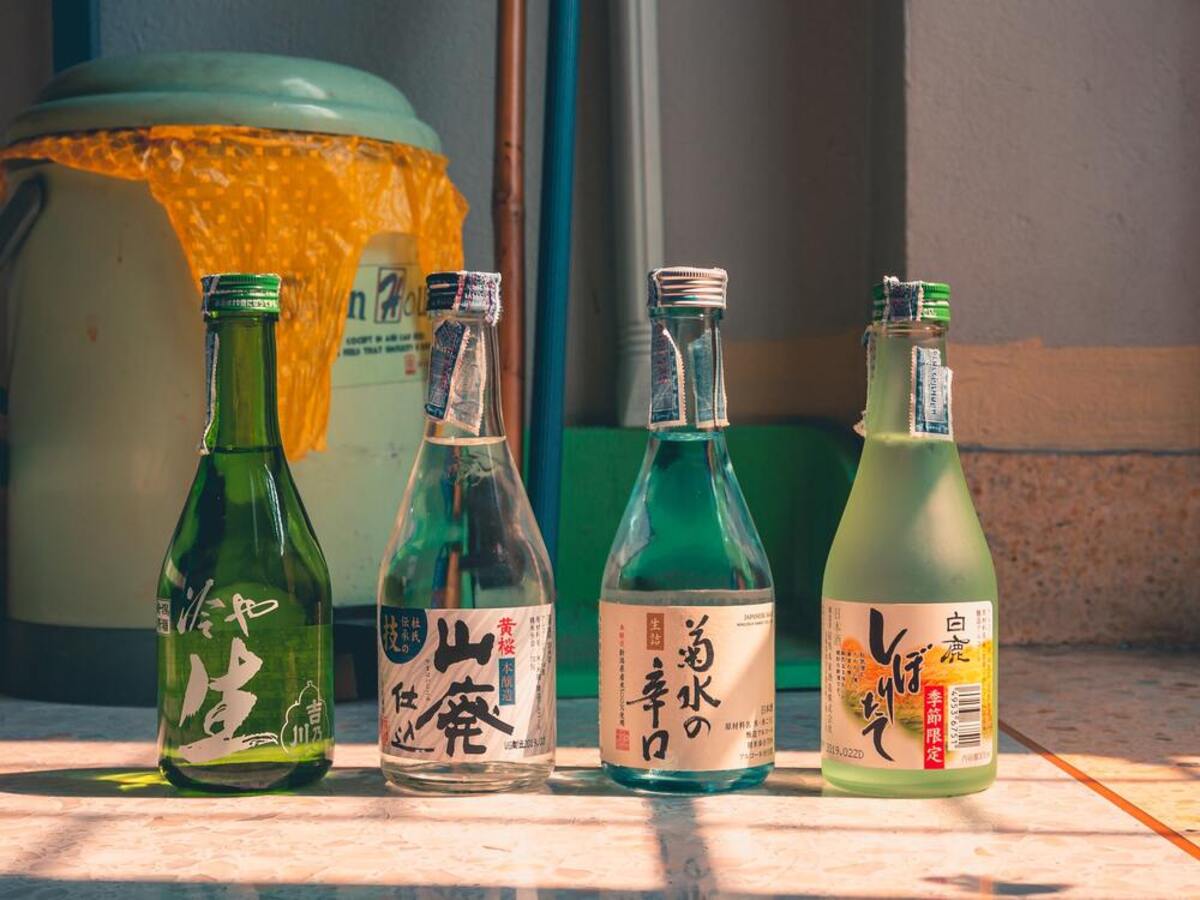

Articles
How To Store Sake
Modified: December 7, 2023
Discover the best articles on how to store sake and keep its authentic taste intact. Learn the expert tips and techniques to preserve the flavor and quality of your favorite Japanese drink.
(Many of the links in this article redirect to a specific reviewed product. Your purchase of these products through affiliate links helps to generate commission for Storables.com, at no extra cost. Learn more)
Introduction
Welcome to the world of sake! Sake is a traditional Japanese alcoholic beverage that has gained popularity worldwide for its unique flavors and cultural significance. Whether you are a sake enthusiast or just beginning to explore this fascinating drink, one important aspect to consider is how to properly store sake.
Storing sake correctly not only helps maintain its quality and taste but also ensures its longevity. By following a few simple guidelines, you can ensure that your sake remains fresh and flavorful for an extended period of time.
In this article, we will delve into the intricacies of sake storage and provide you with valuable insights on how to store your favorite sake varieties.
Key Takeaways:
- Proper storage of sake is essential to maintain its unique flavors and cultural significance. Control temperature, protect from light exposure, and choose the right containers to preserve the integrity of your sake collection.
- Cellaring premium sakes can unlock complex flavors over time. Handle sake with care, monitor expiration dates, and enjoy within a reasonable timeframe to fully appreciate its rich qualities.
Read more: How To Store Open Sake
Understanding Sake
Before we dive into the specifics of sake storage, let’s take a moment to understand what sake is. Sake, also known as nihonshu, is a traditional Japanese rice wine made through the fermentation of polished rice. It is brewed using a combination of water, koji (a type of mold), yeast, and steamed rice.
What sets sake apart from other alcoholic beverages is its intricate and delicate flavor profile. Sake can range from dry and crisp to sweet and fruity, depending on the type of rice used, the brewing process, and the level of polishing the rice undergoes. It is this unique fusion of flavors that makes sake a favorite among enthusiasts.
Furthermore, sake is often categorized by different grades, such as Junmai, Honjozo, Ginjo, and Daiginjo, which indicate the level of polishing the rice has undergone and the percentage of rice used. Each grade offers a distinct taste experience, adding to the versatility of sake.
Now that we have a basic understanding of sake, let’s move on to the vital aspect of how to store it properly to preserve its quality.
Choosing the Right Storage
When it comes to storing sake, it is essential to choose the right storage conditions to maintain its quality and flavor. Here are a few key factors to consider:
1. Temperature Control: Sake is sensitive to temperature fluctuations, so it is crucial to store it in a cool and consistent environment. The ideal temperature for storing sake is between 45°F to 55°F (7°C to 13°C). Avoid exposing it to extreme heat or cold, as it can adversely affect the taste and aroma.
2. Light Exposure: Sake is also sensitive to light, especially ultraviolet rays, which can lead to oxidation and deterioration of flavor. It is best to store sake in a dark and opaque container or in a cool and dark place to minimize light exposure.
3. Seal and Closure: Ensure that the sake bottles are properly sealed and closed to prevent air from entering. Oxygen exposure can lead to oxidation, resulting in a loss of flavor and quality. If the sake comes in a traditional ceramic or clay bottle, make sure the seal is intact to maintain freshness.
4. Storage Containers: When it comes to storing sake, it is recommended to use glass or ceramic containers. These materials are non-reactive, preserving the original taste and aroma of the sake. Avoid storing sake in containers made of metal or plastic, as they can impart unwanted flavors to the sake.
5. Vertical or Horizontal Storage: Sake can be stored either vertically or horizontally, depending on personal preference or the type of container being used. Vertical storage allows for easier organization and visibility, while horizontal storage helps keep the cork moist and prevents it from drying out.
By considering these factors and choosing the right storage conditions, you can ensure that your sake remains fresh and maintains its full flavor profiles. In the next sections, we will explore additional aspects of sake storage, including cellaring, proper handling, and care.
Temperature Control
Temperature control is a critical aspect of sake storage, as sake is highly sensitive to temperature fluctuations. Improper temperature conditions can lead to flavor deterioration and spoilage. Here are some key points to keep in mind when it comes to temperature control:
– Consistent Temperature: Sake is best stored at a consistent and cool temperature. Fluctuations in temperature can cause the sake to expand and contract, leading to potential leakage and changes in flavor. The ideal temperature range for sake storage is between 45°F to 55°F (7°C to 13°C).
– Avoid Extreme Temperatures: It is important to avoid exposing sake to extreme heat or cold. High temperatures can accelerate the aging process and result in the development of off-flavors. On the other hand, freezing temperatures can cause the liquid to expand and potentially crack the bottle. Keep sake away from direct sunlight, heaters, and other heat sources.
– Refrigeration: While refrigeration can be a suitable option for short-term storage, it is essential to keep sake away from the freezer compartment. Freezing can damage the delicate flavors and texture of sake. If using a fridge, make sure the sake is placed away from strong odors or foods that can impart unwanted flavors.
– Cool Dark Place: If refrigeration is not an option, storing sake in a cool and dark place is the best alternative. Choose a location away from direct sunlight, preferably in a secluded area or cabinet with a stable temperature. A cellar, basement, or cool pantry can be suitable options.
– Avoid Rapid Temperature Changes: Sudden temperature changes can cause condensation, which can adversely affect the quality of sake. When taking sake out of the refrigerator, allow it to come to room temperature slowly before serving. Likewise, if you need to cool sake, do so gradually to prevent shock to the liquid.
Remember, maintaining a consistent and appropriate temperature is vital for preserving the flavor and quality of sake. By following these temperature control guidelines, you can ensure that your sake remains in optimal condition for an extended period of time.
Light Exposure
Light exposure is another crucial factor to consider when storing sake. Sake, especially premium varieties, can be sensitive to light, particularly ultraviolet (UV) rays. Exposure to light can lead to chemical reactions, oxidation, and the deterioration of flavors. Here are some key points to keep in mind to protect your sake from light exposure:
– Choose Dark Storage: To minimize light exposure, store sake in a dark environment. Opt for opaque storage containers or place sake bottles in a dark room or cabinet. Avoid clear glass containers or open shelves that expose the sake to direct or prolonged sunlight.
– Avoid UV Rays: UV rays can penetrate clear glass bottles and cause oxidation, which negatively impacts the sake’s flavor. If storing sake in glass bottles, consider wrapping them with a protective covering like a cloth or storing them in a box to shield them from UV rays. Alternatively, opt for ceramic or opaque glass containers that block out light more effectively.
– Shield from Artificial Light: In addition to natural sunlight, artificial light can also affect sake. Avoid storing sake near intense sources of artificial light, such as fluorescent bulbs or LED lights. If you have a sake collection on display, consider using UV-filtering glass to protect the bottles.
– Store Away from Windows: Even if your windows have UV protection, it’s best to store sake away from windows. Heat generated by sunlight can also contribute to temperature fluctuations, which can impact the sake’s quality. Find a cool, dark spot in your home that is insulated from sunlight to ensure optimal storage conditions.
– Short Exposure Periods: While it’s best to avoid light exposure altogether, brief exposure to light during transportation or serving occasions is generally acceptable. However, try to minimize the exposure time as much as possible to maintain the quality of the sake.
By taking these precautions to protect your sake from light exposure, you can ensure that its flavors, aromas, and overall quality remain intact. Remember, sake is a delicate beverage, and preserving its integrity is essential for a pleasant drinking experience.
Store sake in a cool, dark place away from direct sunlight and heat sources. Once opened, keep it refrigerated and consume within a few days for the best flavor.
Read more: How To Store Sake After Opening
Seal and Closure
Proper sealing and closure are crucial for maintaining the quality and freshness of sake. Oxygen exposure can lead to oxidation, resulting in off-flavors and a decline in overall quality. To ensure that your sake stays in prime condition, pay attention to the following seal and closure guidelines:
– Tightly Seal Bottles: Always ensure that sake bottles are tightly sealed after opening. Sake’s flavor can deteriorate quickly if exposed to air for an extended period. Use the original cork or cap provided, making sure it fits snugly. If the original seal is damaged, consider using a wine stopper or airtight bottle stopper to create a proper seal.
– Use Quality Caps or Corks: When purchasing sake, choose bottles with high-quality caps or corks. Poorly made or damaged closures can allow air to seep into the bottle, affecting the sake’s flavor. Look for bottles that have airtight closures and inspect them for any signs of damage or wear before purchasing.
– Refrigerate Opened Bottles: If you have opened a bottle of sake and have leftovers, it is best to refrigerate the sake to slow down the oxidation process. Place the sake in a tightly sealed container and store it in the refrigerator. Remember to consume the sake within a few days to maintain its freshness.
– Avoid Transferring Sake: Transferring sake to another container can expose it to unnecessary air contact. If you need to move sake from its original bottle, ensure that the new container is clean, airtight, and properly sealed. Avoid transferring sake back and forth between containers unless necessary to minimize air exposure.
– Inspect Ceramic or Clay Seals: Some traditional style sake bottles have ceramic or clay seals. Inspect these seals before purchasing or storing the sake. Cracks or imperfections in the seal may allow air to enter the bottle, resulting in rapid oxidation. A well-intact and properly sealed ceramic or clay seal helps protect the sake’s quality.
By following these guidelines for seal and closure, you can ensure that your sake remains fresh and flavorful. Properly sealed bottles will help protect the sake from oxidative damage and maintain its original taste for a longer period.
Storage Containers
Choosing the right storage containers for your sake is essential in maintaining its quality and preserving its flavors. The type of container you select can impact the sake’s taste, aroma, and overall longevity. Here are some key considerations when it comes to storing sake in the right containers:
– Glass Containers: Glass containers are a popular choice for storing sake, especially for short to medium-term storage. Glass is non-reactive and does not impart any unwanted flavors to the sake. Look for dark-colored glass bottles that help protect against light exposure. Ensure that the glass container has a tight-fitting, airtight seal to prevent oxidation.
– Ceramic Containers: Ceramic containers, such as traditional tokkuri bottles, are commonly used in Japan for storing and serving sake. Ceramic containers offer excellent insulation, protecting the sake from temperature fluctuations. Look for containers with a sturdy cork or ceramic stopper to ensure a proper seal. Keep in mind that ceramic containers can be porous, so it’s essential to clean them thoroughly and remove any lingering odors.
– Stainless Steel Containers: Stainless steel containers can be a suitable option for long-term storage of sake. Stainless steel is non-reactive and does not affect the taste of the sake. The airtight nature of stainless steel containers helps prevent air and light exposure. Look for containers that are specifically designed for sake storage, with a leak-proof seal and a capacity that suits your needs.
– Wooden Containers: Traditional wooden barrels, like cedar or cypress, were historically used in sake production and storage. While wooden containers can add unique flavors to sake during the brewing process, they are not recommended for long-term storage as they can affect the taste and quality over time. If you do choose to store sake in a wooden container, use it for shorter periods and monitor the sake closely for any changes in flavor.
– Plastic Containers: It is generally best to avoid storing sake in plastic containers, as plastic can react with the alcohol and affect the taste and aroma. Plastic containers are more prone to leaching chemicals and may not provide adequate insulation or protection from light exposure. If you must use plastic containers for temporary storage, opt for food-grade plastics, ensure a tight seal, and keep exposure to a minimum.
Regardless of the material you choose, ensure that the containers are clean, free from any lingering odors, and properly sealed. Store the containers in a cool, dark place to maintain optimal storage conditions for your sake.
Remember, the right storage containers not only protect the quality of your sake but can also enhance its presentation when serving to guests or enjoying it yourself. Choose containers that suit your personal preferences and meet the necessary storage requirements for preserving the unique qualities of sake.
Cellaring Sake
Cellaring sake is a practice that involves storing sake for an extended period to allow it to mature and develop complex flavors. While sake is known for being ready to drink upon release, certain premium varieties can benefit from aging. Here are some key points to consider when cellaring sake:
– Understanding Aging Potential: Not all sake is suitable for cellaring. High-quality premium sake, such as Junmai Daiginjo or Yamahai, are typically more suitable for aging due to their rich flavors and robust structures. Consult with experts or refer to the sake producer’s recommendations to identify sakes that are well-suited for cellaring.
– Aging Conditions: Sake should be aged in a cool, dark, and consistent environment, similar to regular sake storage conditions. Maintain a temperature range of 45°F to 55°F (7°C to 13°C) and minimize light exposure to prevent oxidation. Consider using cellar or wine cooler storage if you have a sizable collection of aged sake.
– Ageing Process: The length of time for aging sake varies depending on personal preference and the specific sake being aged. Some sakes may benefit from a few months to a year of aging, while others can develop complex flavors and aromas over several years. It’s important to regularly check on the sake and taste it periodically to monitor its development and maturity.
– Bottle Position: When cellaring sake, the position of the bottle can impact the aging process. For long-term aging, consider storing the sake horizontally to keep the cork moist and prevent it from drying out. However, be sure to periodically check for any leakage or mold growth.
– Label and Record Keeping: Properly label and keep records of the sakes you are cellaring. This will help you track their aging progress and ensure you can enjoy them at their peak. Note the date of purchase, the sake’s name, its brewing region, and any other relevant information that will help you appreciate and compare the aged sake in the future.
– Experiment and Enjoy: Cellaring sake is an opportunity to experiment and explore the flavors that develop over time. As the sake ages, it may undergo changes in aroma, flavor profile, and texture. Taste the sake periodically to appreciate its evolving characteristics. Share the experience with fellow sake enthusiasts and enjoy the journey of discovering the complexities of aged sake.
It’s important to note that not all sake benefits from aging, and the aging process can vary for different sakes. It is recommended to consult with experts or refer to the producer’s guidance to determine the optimal aging period for each sake. With proper cellaring, you can unlock the hidden depths and nuances of sake, adding a new dimension to your enjoyment of this remarkable beverage.
Proper Handling and Care
Proper handling and care of sake are vital to maintaining its quality and ensuring an enjoyable drinking experience. Here are some essential guidelines to follow when it comes to handling and caring for your sake:
– Store Upright: While sake can be stored vertically or horizontally, it is generally recommended to store sake bottles upright. This can help prevent any potential leakage and keep the sediment settled at the bottom of the bottle, allowing for clearer pouring when serving.
– Avoid Agitation: Avoid shaking or agitating sake bottles unnecessarily. Sake is a delicate beverage, and excessive movement can disrupt the flavors and aromas. Gentle handling is key to preserving the quality and integrity of the sake.
– Protect from Strong Odors: Sake is susceptible to absorbing odors from its surroundings. Keep sake bottles away from strong-smelling substances such as cleaning agents, spices, and strong cheeses. This will help prevent any unwanted flavors or aromas from transferring to the sake.
– Proper Opening and Serving: When opening a bottle of sake, handle it carefully and avoid any sudden movements that may agitate the sediment. Pour sake gently to prevent excessive aeration. If using a traditional tokkuri bottle, lift and tilt it slowly to control the flow. Serve sake in clean, scent-free vessels to fully appreciate its flavors and aromas.
– Monitor Expiration Dates: Sake, like any other consumable product, has an expiration date. Pay attention to the expiration dates indicated on the bottles and consume the sake within the recommended timeframe. This will ensure that you enjoy the sake at its peak freshness and quality.
– Keep Track of Brewing Information: Some sake producers provide additional information about their sake, such as recommended serving temperatures or food pairings. Take note of these details to enhance your overall sake experience. Understanding how a specific sake is best enjoyed can greatly enhance your appreciation of its unique qualities.
– Avoid Excessive Heat or Cold: Extreme temperatures can negatively impact the quality of sake. Avoid exposing sake bottles to excessive heat or cold, such as leaving them in a hot car or freezing them. Follow proper storage guidelines to maintain the sake’s freshness and prevent any adverse effects on flavor and aroma.
– Enjoy Sake in a Timely Manner: Sake is best enjoyed when it is fresh. While certain premium sakes improve with aging, most sakes are meant to be consumed relatively soon after purchase. Aim to drink sake within a reasonable period to experience its full potential.
By following these proper handling and care tips, you can ensure that your sake remains at its best and provides a delightful and enjoyable drinking experience. Show respect for the craftsmanship and flavors of sake by treating it with care and appreciating it in its full glory.
Read more: How To Store Basil From Store
Conclusion
Storing sake properly is crucial to maintaining its quality, preserving its flavors, and ensuring an enjoyable drinking experience. By following the guidelines outlined in this article, you can enhance the longevity and freshness of your sake collection. Here are the key takeaways to remember:
– Understand the unique qualities of sake and choose the right storage conditions to maintain its integrity.
– Control the temperature to prevent fluctuations and provide a consistently cool environment for your sake.
– Protect your sake from light exposure, especially UV rays, by storing it in dark and opaque containers.
– Ensure proper sealing and closure to prevent oxidation and maintain the freshness of your sake.
– Choose appropriate storage containers made of glass, ceramic, or stainless steel for optimal preservation.
– Consider cellaring certain premium sakes to allow them to mature and develop complex flavors over time.
– Handle sake bottles with care, store them upright, and protect them from strong odors.
– Monitor expiration dates, keep track of brewing information, and enjoy sake within a reasonable timeframe.
Remember, sake is a delicate and nuanced beverage that deserves to be treated with respect and care. By implementing proper storage techniques and following the necessary precautions, you can savor the rich flavors, aromas, and cultural significance of sake for years to come.
Whether you are a seasoned sake aficionado or just beginning your sake journey, the efforts you put into storing and caring for your sake will be rewarded with a delightful and memorable drinking experience. Cheers to the world of sake and the joy it brings!
Frequently Asked Questions about How To Store Sake
Was this page helpful?
At Storables.com, we guarantee accurate and reliable information. Our content, validated by Expert Board Contributors, is crafted following stringent Editorial Policies. We're committed to providing you with well-researched, expert-backed insights for all your informational needs.



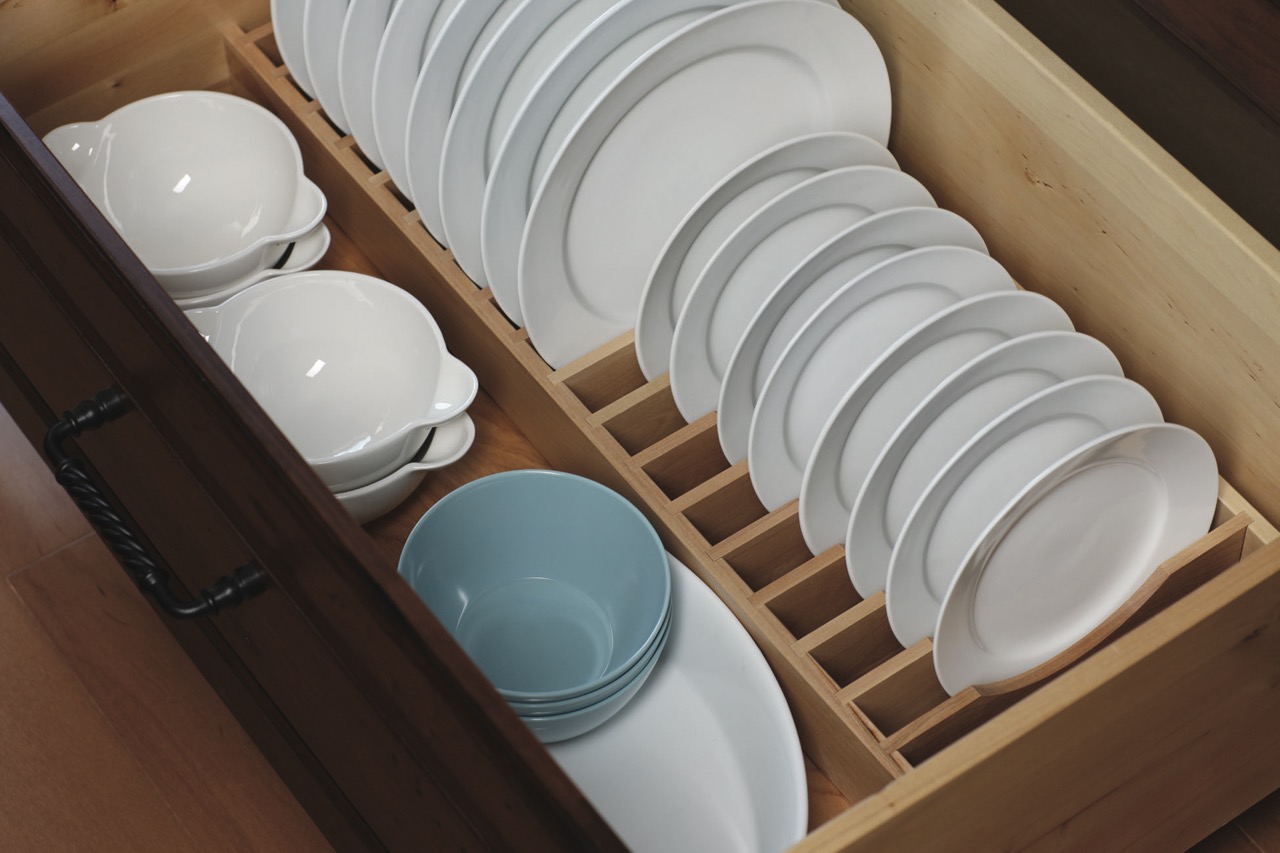
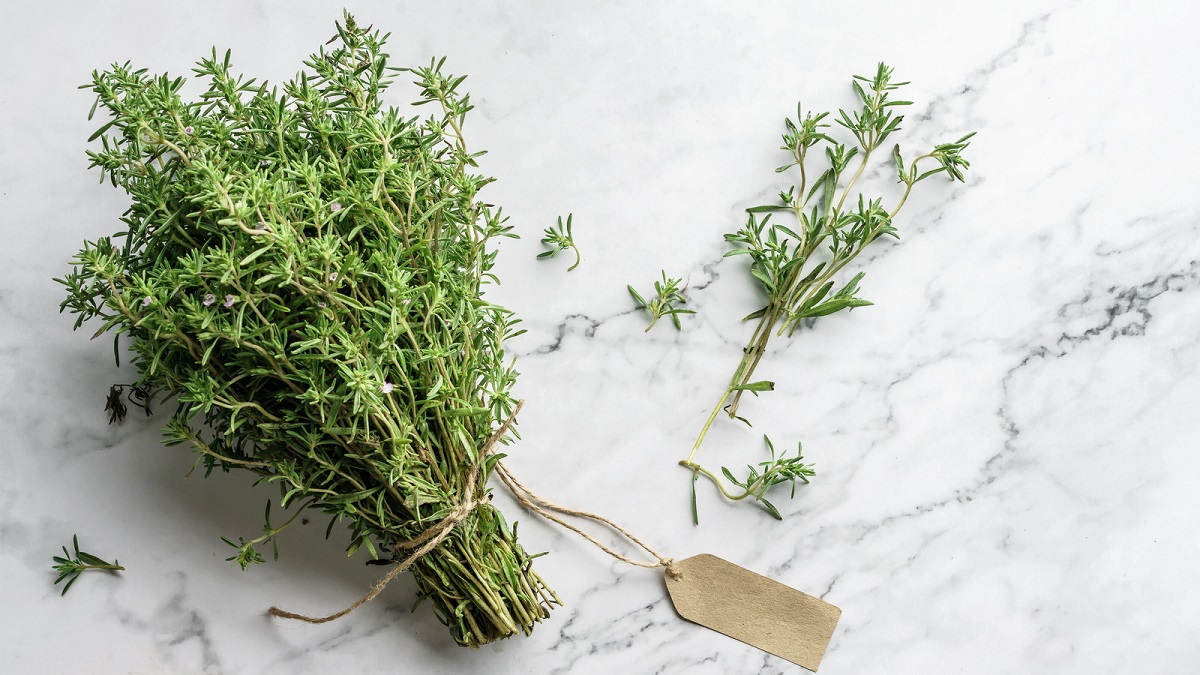

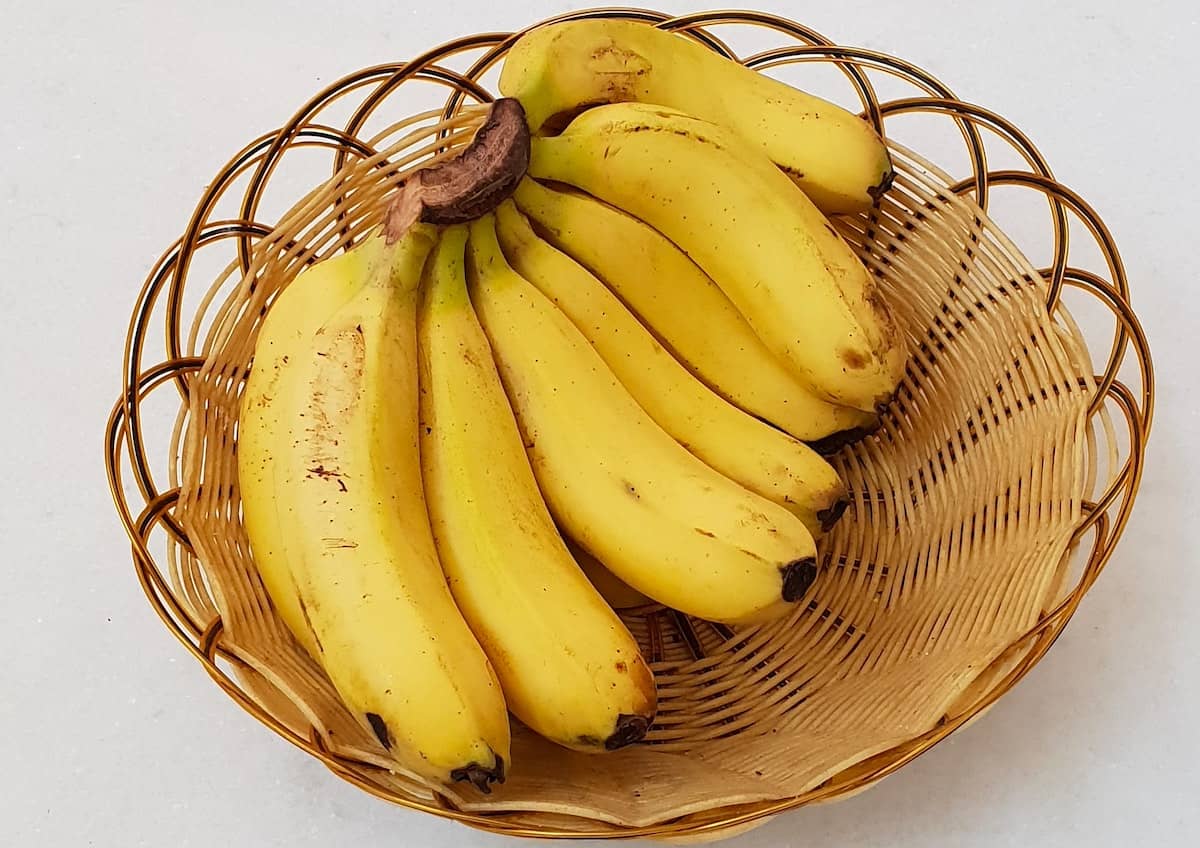

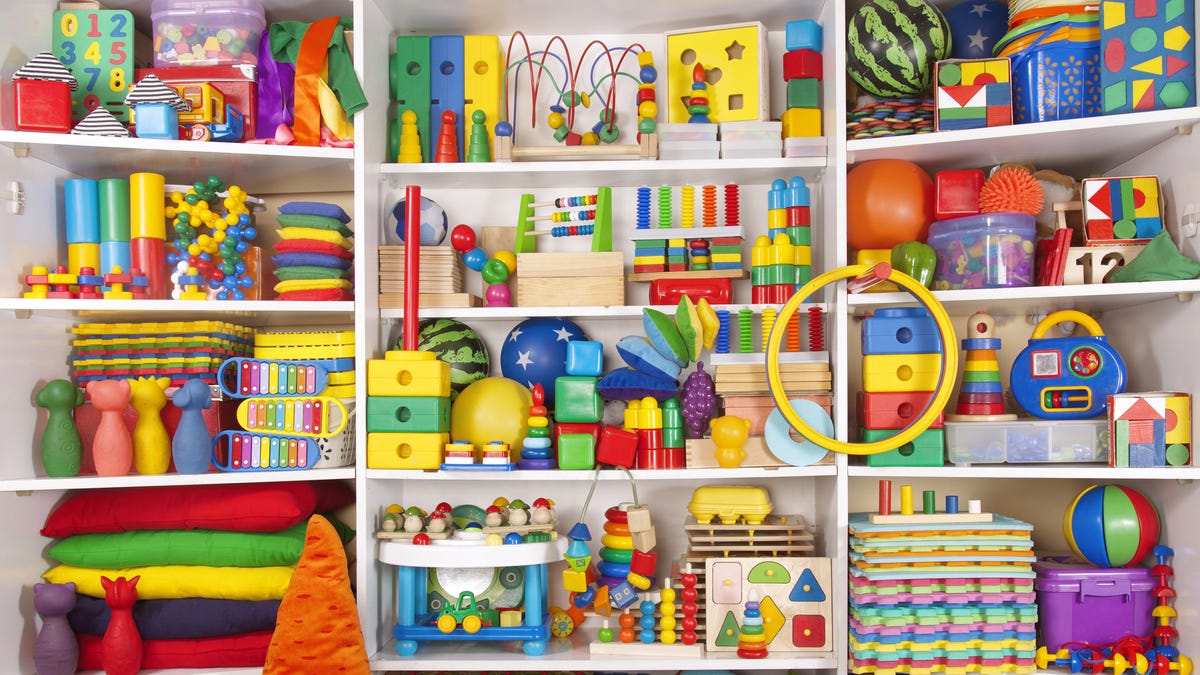
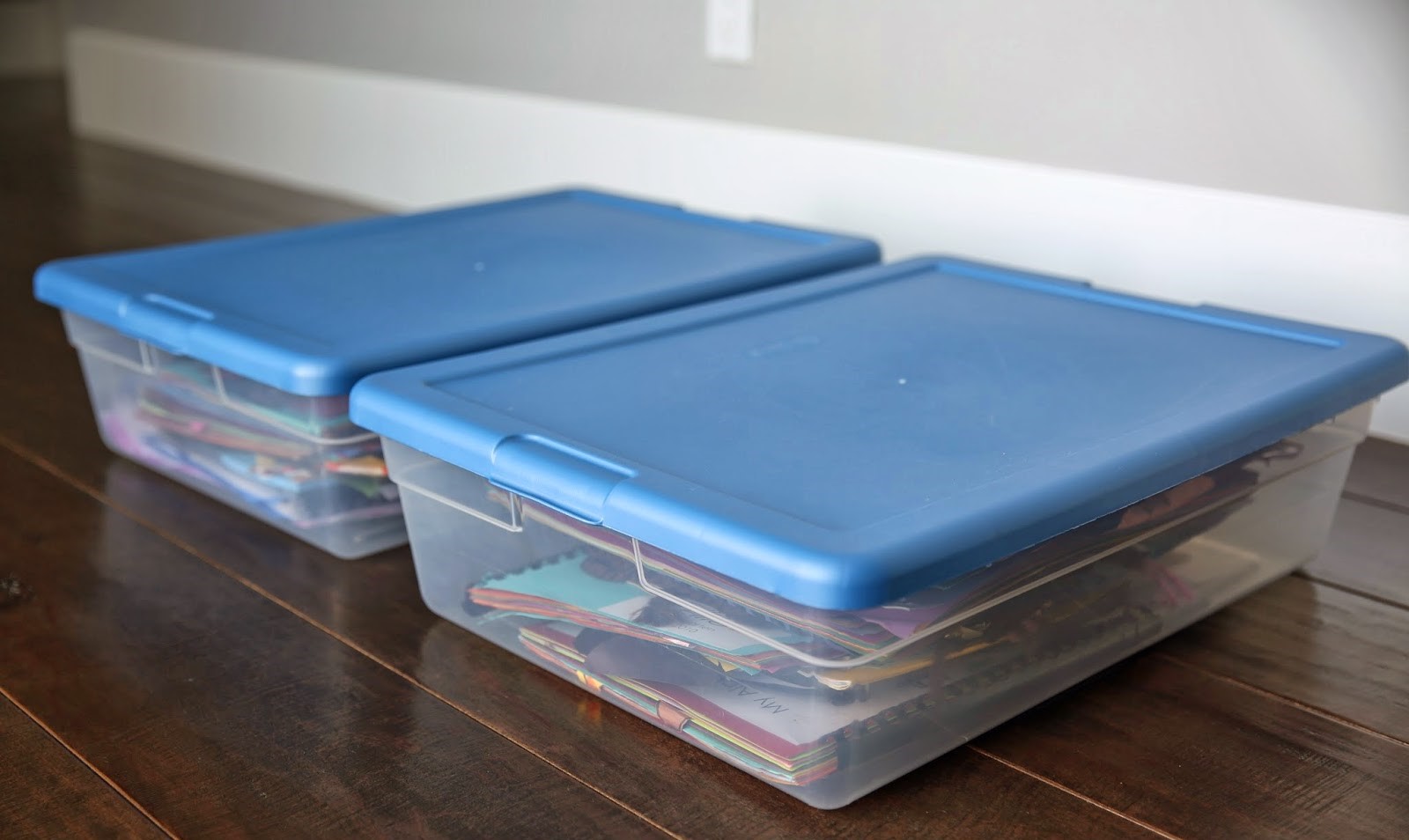
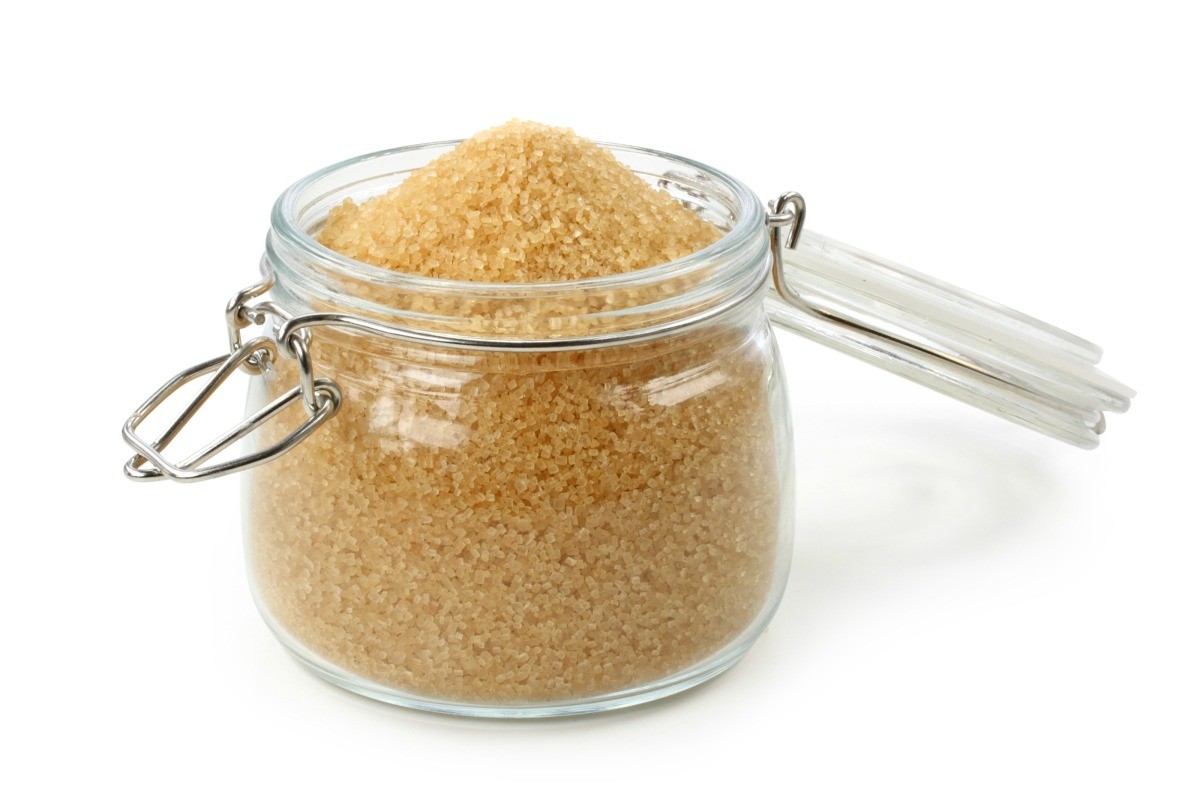
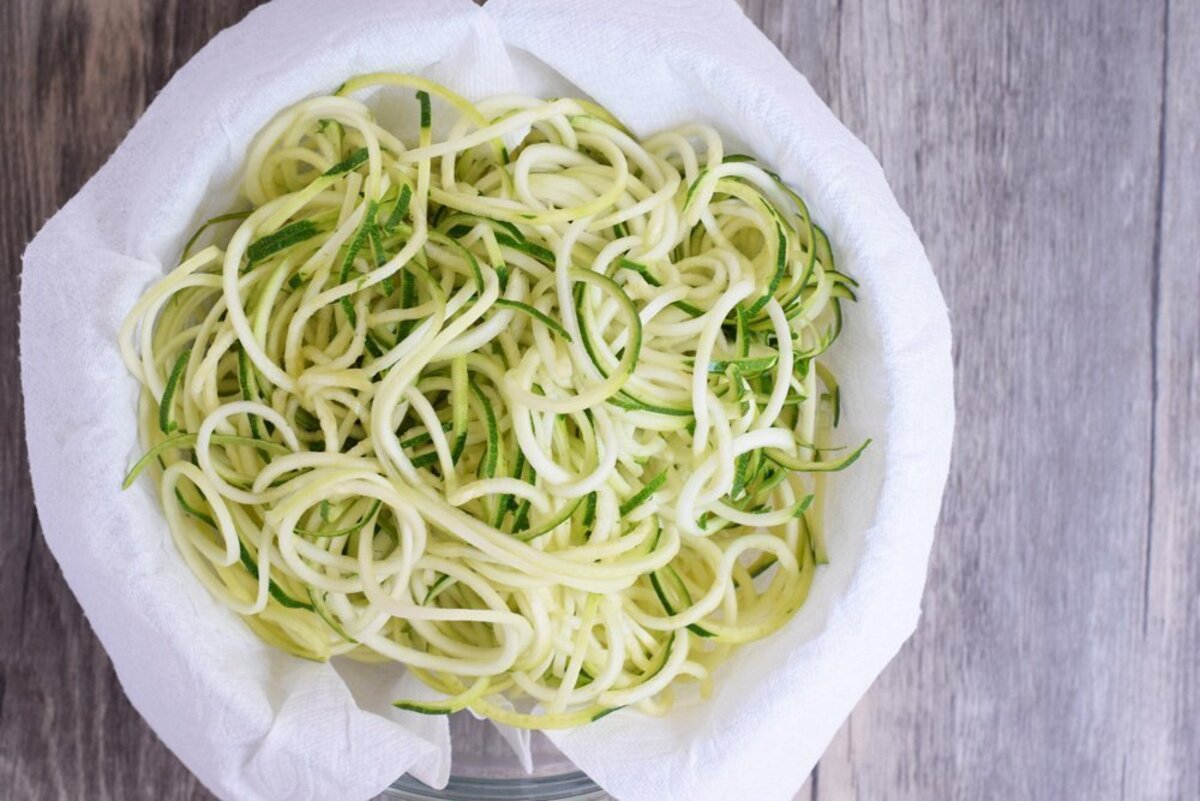


0 thoughts on “How To Store Sake”